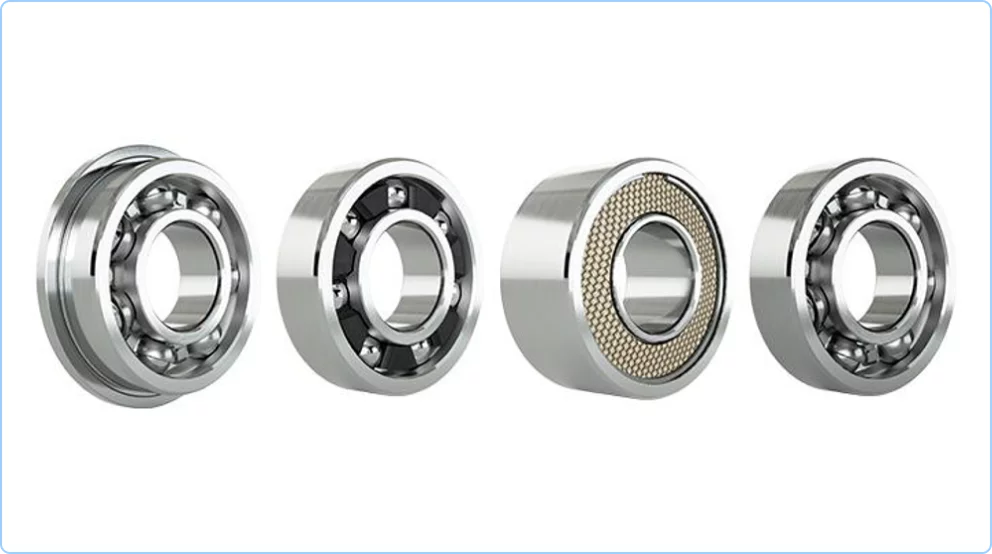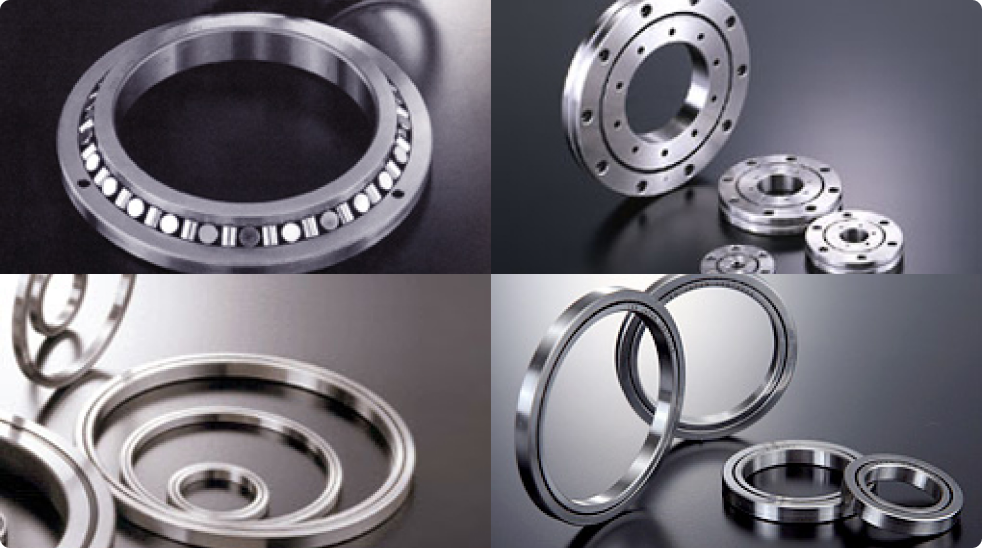
Solid Lubricants for Ball and Roller Bearings
Pacific International Bearing Sales Inc offers solid lubrication options for all types of bearings.
Solid lubricants offer a good alternative to conventional lubrication types. Solid lubricants, including graphite, molybdenum disulfide (MoS2), and polytetrafluoroethylene (PTFE), can provide continuous lubrication without frequent reapplication. They are particularly effective in environments where traditional lubricants may fail, offering reduced friction, improved durability, and reliable performance under severe conditions.
Solid Lubricants: an Overview
Solid lubricants are specialized so as to reduce friction and wear between surfaces in contact without relying on traditional liquid or grease-based lubricants. They are applied to form a solid film or coating that provides continuous lubrication, particularly in environments where conventional lubricants fail when used in extreme conditions like high temperatures, heavy loads, vacuum, or corrosive atmospheres.
Key characteristics of solid lubricants
- High-temperature stability
Solid lubricants are particularly useful in environments where high temperatures would cause liquid lubricants to evaporate, oxidize, or degrade. These materials can maintain lubricating properties over a wide range of temperatures, often well beyond the limits of conventional lubricants. Some solid lubricants remain effective at temperatures exceeding 500°C, providing reliable lubrication where oils and greases would fail.
- Low Coefficient of Friction
One of the primary advantages of solid lubricants is their ability to achieve very low coefficients of friction. This is due to their molecular or crystalline structures, which allow for easy shear and slip between layers or surfaces. Low friction coefficients are essential for reducing wear and energy loss in mechanical systems, leading to improved efficiency and longevity of components.
- High load-bearing capacity
Solid lubricants can withstand high contact pressures without breaking down. This makes them ideal for applications involving heavy loads and high stresses. Their ability to maintain structural integrity under extreme pressure ensures consistent lubrication performance and protection of surfaces from wear and deformation.
- Chemical inertness
Many solid lubricants are chemically inert, meaning they do not react with most chemicals, acids, or alkalis. This chemical stability is crucial in corrosive environments where traditional lubricants might degrade or become contaminated. Solid lubricants maintain their lubricating properties even in harsh chemical settings, ensuring reliable performance and extended component life.
- Long-lasting lubrication
Solid lubricants provide long-lasting lubrication, reducing the need for frequent reapplication. This is particularly beneficial in applications where maintenance access is limited or re-lubrication is impractical. The durability of solid lubricants helps to extend the maintenance intervals, reduce downtime, and lower overall maintenance costs.
Types of Solid Lubricants
Pacific International Bearing Sales Inc offers services for applying solid lubricants to all types of bearings whether linear or rotary. Contact us if you have questions or needs at [email protected].
Solid lubricants ensure the smooth operation and long life of ball and roller bearings, especially in extreme environments. Below are some details for various types of solid lubricants.
Graphite is a crystalline form of carbon known for its excellent lubricating properties. It is widely used due to its ability to maintain lubrication at high temperatures and in vacuum conditions.
Layered Structure: Graphite’s crystalline structure consists of layers that can slide over each other easily, providing low friction.
High-Temperature Stability: Effective at temperatures up to 500°C in oxidizing environments and even higher in inert or reducing atmospheres.
Chemical Inertness: Resistant to most chemicals, acids, and alkalis.
Graphite forms a thin, continuous film on the bearing surfaces. The layers slide over each other, reducing friction and wear.
Molybdenum disulfide is a compound with a layered structure similar to graphite but provides superior performance under high-pressure and high-temperature conditions.
Layered Structure: Layers can easily shear, providing low friction.
High Load Capacity: Can withstand extremely high pressures.
Temperature Resistance: Effective from -185°C to 350°C in oxidizing environments and up to 1100°C in inert conditions.
Chemical Stability: Inert to most acids and alkalis.
MoS2 forms a protective film on bearing surfaces. The layers slide over each other, reducing friction and wear under high loads.
Polytetrafluoroethylene, known by the brand name Teflon, is a polymer known for its exceptional chemical resistance, low friction, and wide temperature range.
Low Friction: One of the lowest coefficients of friction among solid materials.
Chemical Inertness: Highly resistant to chemical attack.
Wide Temperature Range: Effective from -200°C to 260°C.
PTFE forms a smooth, continuous film on the bearing surfaces, reducing friction and preventing wear.
Boron nitride is known for its excellent thermal conductivity and lubricating properties at high temperatures.
Thermal Stability: Effective at temperatures up to 900°C.
Chemical Inertness: Resistant to most chemicals.
Low Friction: Provides effective lubrication under high-temperature conditions.
Forms a solid lubricating film that reduces friction and wear.
Tungsten disulfide is similar to molybdenum disulfide but offers better performance at extreme temperatures.
Low Friction: Very low coefficient of friction.
High Load Capacity: Excellent performance under high loads.
Temperature Resistance: Effective up to 650°C in oxidizing environments.
Table of solid lubricants for ball and roller bearings
| Solid Lubricant | Coefficient of Friction | Temperature Range | Chemical Resistance | Load-Bearing Capacity | Applications |
| Graphite | Low | Up to 500°C (oxidizing) | High | Moderate | Aerospace, industrial furnaces, high-temp processing |
| Molybdenum Disulfide (MoS2) | Very low | -185°C to 350°C (oxidizing), up to 1100°C (inert) | High | Very High | Aerospace, automotive, heavy machinery |
| Polytetrafluoroethylene (PTFE) | Very low | -200°C to 260°C | Very High | Moderate | Chemical processing, food & beverage, non-reactive applications |
| Boron Nitride | Low | Up to 900°C | High | High | Metalworking, electronics manufacturing |
| Tungsten Disulfide (WS2) | Very Low | Up to 650°C | High | Very High | Aerospace, automotive, high durability applications |
Mechanisms of Solid Lubrication
Film Formation and Adhesion
Solid lubricants work by forming a thin, continuous film on the surfaces in contact. This film reduces direct metal-to-metal contact, minimizing friction and wear. The adhesion of the solid lubricant to the surfaces is critical for maintaining a stable lubricating layer under varying operational conditions.
Shear and Slip Mechanisms
The effectiveness of solid lubricants often relies on their ability to shear easily at the molecular or crystalline level. Materials such as graphite and molybdenum disulfide (MoS2) have layered structures where the layers can slide over each other with minimal resistance. This shearing action reduces friction and allows for smooth relative motion between surfaces.
Self-Lubricating Properties
Some solid lubricants possess inherent self-lubricating properties, meaning they continuously provide lubrication through their structure without the need for additional materials. These self-lubricating properties are particularly advantageous in applications where continuous lubrication is necessary but re-lubrication is not possible.
Load Distribution
Solid lubricants can help distribute loads more evenly across contact surfaces. By providing a uniform layer, they prevent localized stress concentrations that could lead to wear or failure. This load distribution capability enhances the durability and reliability of mechanical systems.
Applications and Benefits of Solid Lubricants in Bearings
Solid lubricants are increasingly used in ball and roller bearings due to their exceptional performance in extreme conditions where traditional lubricants fail. Here, we explore the applications and benefits of solid lubricants in bearings, highlighting their importance in enhancing efficiency, reliability, and longevity.
Applications of solid lubricants in bearings
High-Temperature environments:
Solid lubricants are ideal for bearings operating in high-temperature environments where traditional lubricants would evaporate or degrade. Industries such as aerospace, automotive, and industrial manufacturing often face extreme heat conditions, making solid lubricants indispensable.
- Aerospace: Bearings in jet engines and spacecraft benefit from solid lubricants that can withstand high temperatures and maintain performance in vacuum conditions.
- Automotive: Turbochargers and exhaust systems use solid lubricants to ensure smooth operation under intense heat.
- Industrial manufacturing: Bearings in high-temperature furnaces and ovens rely on solid lubricants for continuous lubrication.
Heavy load and high-pressure applications:
In applications involving heavy loads and high pressures, solid lubricants provide reliable performance by reducing friction and wear. These conditions are common in mining, construction, and heavy machinery industries.
- Mining equipment: Bearings in drilling and excavation machinery are subject to high pressures, making solid lubricants essential for durability and performance.
- Construction machinery: Cranes, loaders, and bulldozers use solid lubricants to handle heavy loads and ensure smooth operation.
- Heavy machinery: Industrial presses and rolling mills benefit from the high load-bearing capacity of solid lubricants.
Vacuum and space applications:
In vacuum environments, traditional lubricants are not feasible due to their tendency to outgas. Solid lubricants, with their stable properties, are ideal for bearings in space applications.
- Satellites: Bearings in satellite mechanisms use solid lubricants to operate reliably in the vacuum of space.
- Spacecraft: Bearings in robotic arms and other equipment on spacecraft benefit from the consistent performance of solid lubricants in a vacuum.
Corrosive environments:
Solid lubricants offer excellent chemical resistance, making them suitable for bearings exposed to corrosive substances. Industries such as chemical processing and marine applications benefit from their use.
- Chemical processing: Bearings in pumps and mixers exposed to harsh chemicals use solid lubricants to prevent corrosion and ensure long-term operation.
- Marine applications: Bearings in underwater equipment and marine vessels use solid lubricants to withstand saltwater corrosion and maintain performance.
Benefits of solid lubricants in bearings
1. Extended service life:
Solid lubricants provide long-lasting lubrication, reducing the need for frequent maintenance and reapplication. This extends the service life of bearings and reduces downtime.
2. High load-bearing capacity:
Solid lubricants can withstand high pressures and loads, ensuring reliable performance in demanding applications. This reduces wear and tear, enhancing the durability of bearings.
3. Superior temperature resistance:
Unlike traditional lubricants, solid lubricants maintain their properties at extreme temperatures. This makes them ideal for applications where bearings are exposed to high heat or cold.
4. Chemical and environmental resistance:
Solid lubricants are chemically inert and resistant to most acids, alkalis, and other corrosive substances. This ensures that bearings remain protected in harsh chemical environments and under challenging conditions.
5. Low friction and wear:
The low coefficient of friction of solid lubricants minimizes wear and energy loss, leading to smoother operation and increased efficiency of mechanical systems. This enhances the performance and longevity of bearings.
Wrap Up
In conclusion, the integration of solid lubricants in ball and roller bearings represents a significant advancement in lubrication technology. By understanding their properties, mechanisms, and applications, engineers and industry professionals can make informed decisions to optimize the performance and reliability of their mechanical systems. Solid lubricants are not just an alternative to traditional lubricants; they are a superior solution that meets the demands of modern engineering challenges.
If you still have a question or need expert advice on selecting the right lubricant for your application, contact PIB Sales today.
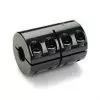
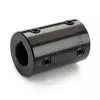
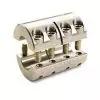
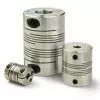
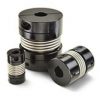
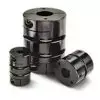
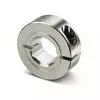
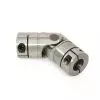
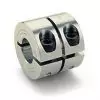 Short Rigid Couplings
Short Rigid Couplings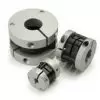 Controlflex Couplings
Controlflex Couplings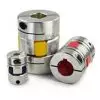 Jaw Couplings
Jaw Couplings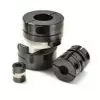 Oldham Couplings
Oldham Couplings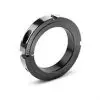 Bearing Locknuts – TCN
Bearing Locknuts – TCN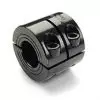 Double Wide Shaft Collars
Double Wide Shaft Collars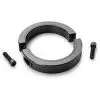 Heavy Duty Shaft Collars
Heavy Duty Shaft Collars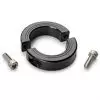 International Series Shaft Collars
International Series Shaft Collars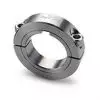 Keyed Shaft Collars
Keyed Shaft Collars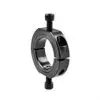 Mountable Shaft Collars
Mountable Shaft Collars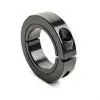 One-Piece Shaft Collars
One-Piece Shaft Collars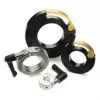 Quick Clamping Shaft Collars
Quick Clamping Shaft Collars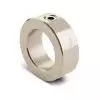 Set Screw Shaft Collars
Set Screw Shaft Collars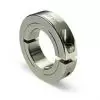 Thin Line Shaft Collars
Thin Line Shaft Collars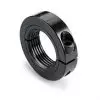 Threaded Shaft Collars – Pacific International Bearing Products
Threaded Shaft Collars – Pacific International Bearing Products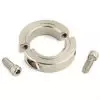 Two-Piece Shaft Collars
Two-Piece Shaft Collars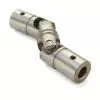 Friction Bearing Universal Joints
Friction Bearing Universal Joints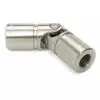 Needle Bearing Universal Joints
Needle Bearing Universal Joints